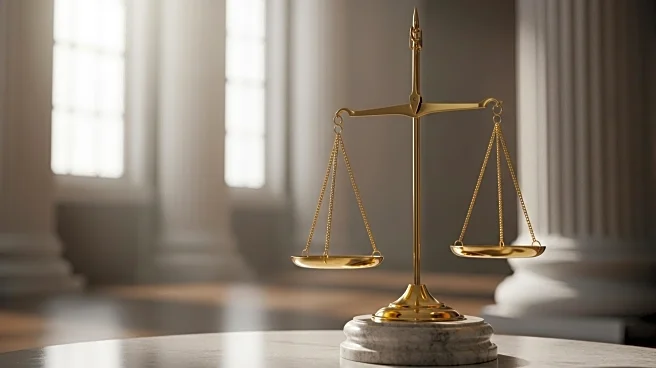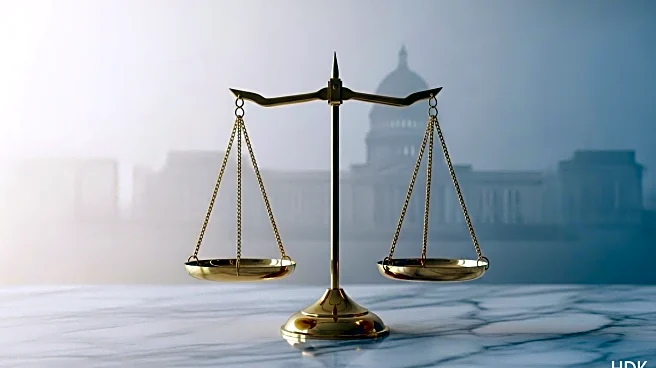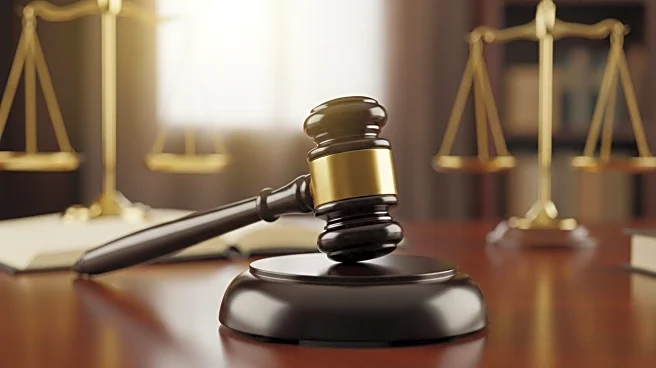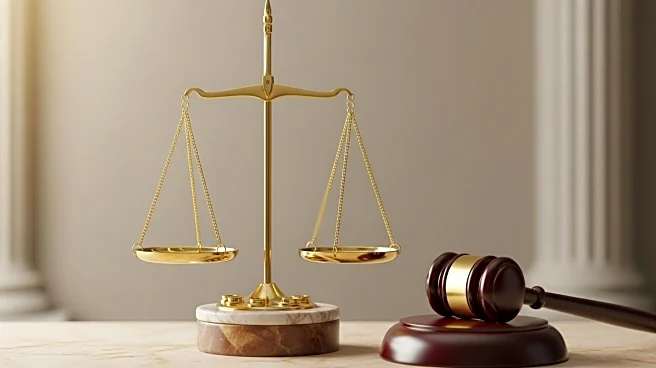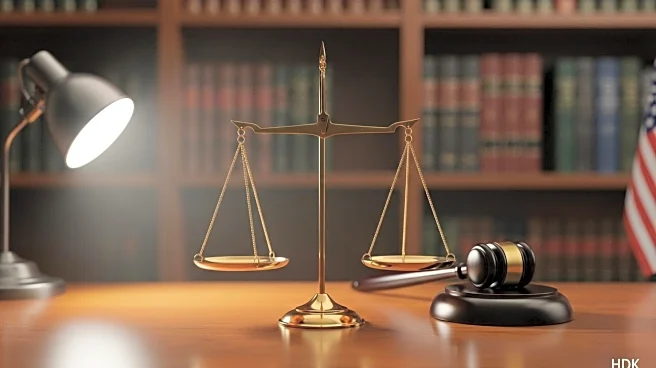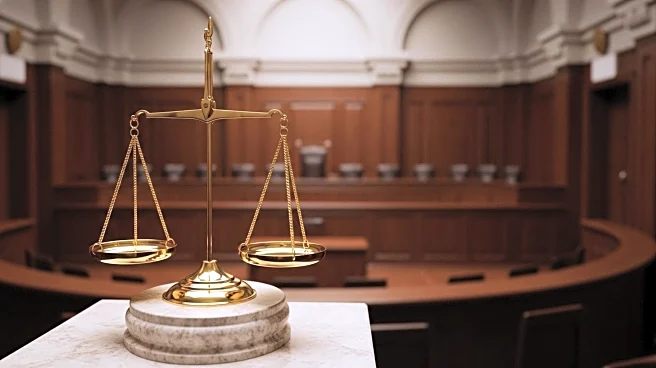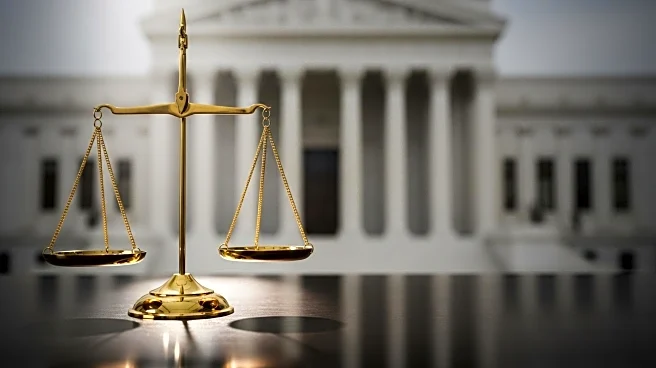What is the story about?
What's Happening?
The U.S. Supreme Court experienced an unusually active summer, largely due to emergency docket actions related to the Trump administration. The court, which typically sees a lull during the summer months, was engaged in handling at least nine emergency requests from the government. These cases involved significant constitutional questions and have led to sharp dissents from the court's liberal justices. The increased activity has raised concerns about the potential impact on the court's dynamics as it enters a new term.
Why It's Important?
The Supreme Court's busy summer reflects the ongoing legal and political challenges posed by the Trump administration's policies. The court's handling of these emergency requests could set important precedents for future cases involving presidential power and executive actions. The situation also highlights the potential for increased tensions within the court, as justices navigate complex legal issues under heightened pressure. This development may influence public perception of the court's impartiality and its role in the U.S. legal system.
What's Next?
As the new term begins, the Supreme Court is expected to address a range of contentious issues, including presidential power, voting rights, and social policies. The court's decisions in these cases could have far-reaching implications for U.S. law and governance. Observers will be watching closely to see how the justices manage the increased workload and whether the summer's activities will affect their deliberations and rulings in the coming months.
AI Generated Content
Do you find this article useful?
